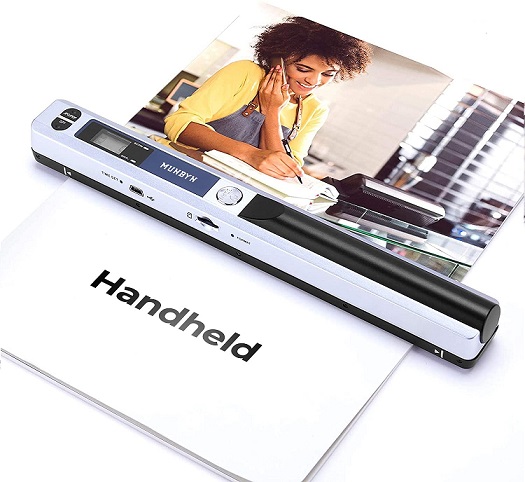

The caveat for mobile apps, however, is if you want to take advantage of OCR scanning, you’ll have to pay extra-some services even require monthly subscription pricing. Portable scanners do tend to have a heftier price tag upfront, while mobile apps are normally free to download. Nonetheless, these compact scanners still produce high quality images and automatically sync scans to online storage (like Dropbox or Google Drive). Portable scanners are typically long and skinny, and ideally, lightweight. While some scanners require additional software to interpret text, many of the devices also process OCR automatically. Portable receipt scanners function similarly. This means that the apps pull out all relevant data from the photo (vendor, date, payment method, amount, etc), so that you don’t have to enter this information manually. More advanced options allow you to scan for Optical Character Recognition (OCR). At the most basic level, these apps take pictures of receipts using your phone camera and store them locally or in the cloud. In fact, some receipt management apps have been around for a while, and are only getting more innovative in what they can do. There’s an app for everything nowadays, and receipt scanning is no different. There are two pretty simple options for scanning and uploading your receipts for expense tracking: Mobile Receipt Apps and Portable Scanners.

Receipt Scanner Apps vs Portable Scanners But now, a digital scan will do the trick. In the olden days, entrepreneurs might have stuffed their receipts into a shoebox until the IRS came knocking. Not only is this data crucial to expense reports, if you hope to claim any deductions or credits on your tax return, you’ll need proof. Experienced business owners know to save their receipts.


 0 kommentar(er)
0 kommentar(er)
